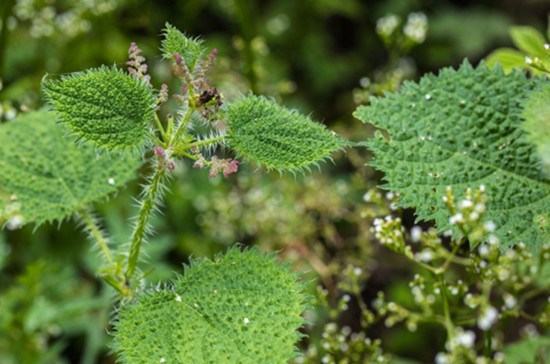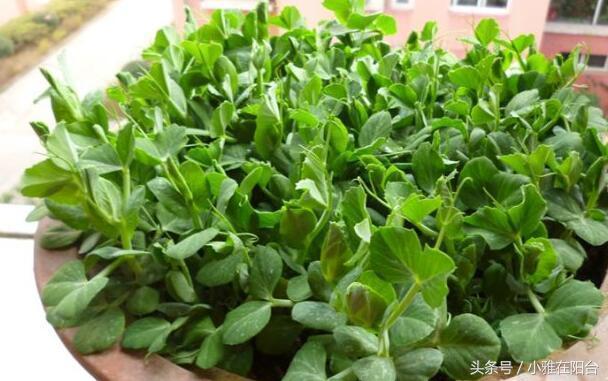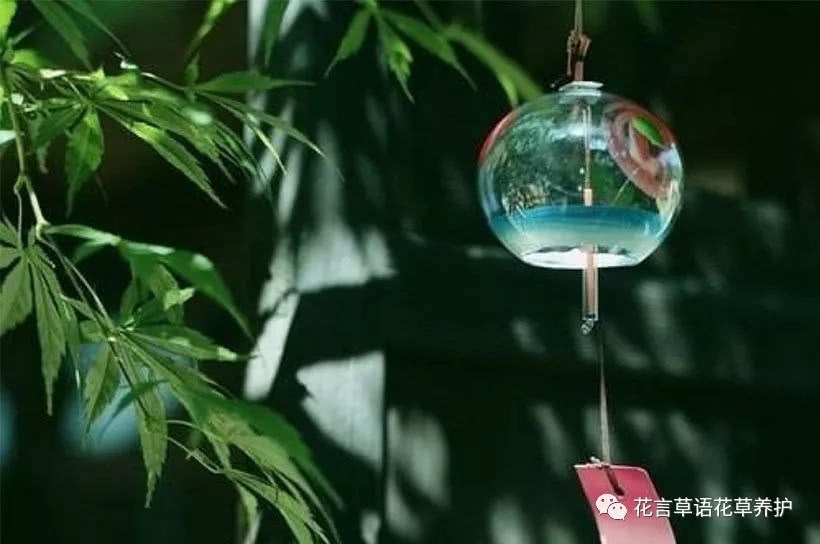The delicious nettle grass that bites people in the country.

Nettle, commonly known as patchouli. In ancient times, it was called hairy grass or nettle grass. Li Shizhen in the Ming Dynasty said in the Compendium of Materia Medica: "Nettles, nettles." He also said, "Nettles are also called Mao Tou." The book of nettles is used as a shelter. Du Zimei has a poem of weeding weeds. Nettles have a strong ability to survive, so they can be seen along field paths, grassy slopes, ditches, ridges, and even along the road, in front and behind the house. They are also very recognizable in shape, bright green in color and covered in fluff.
Nettles that can "bite"
Studies have shown that the reason why Urticaceae plants can sting is a kind of surface hair on the plant, which is as sharp as a thorn at the end, a cavity in the middle of the upper part, and a gland made up of many cells at the base. Usually the formic acid secreted by the basal gland has a strong stimulating effect on people and animals, and this gland is full of the cavity in the upper part of the hair end. Once touched by people and animals, the tip of the stinging hair breaks, releasing formic acid and irritating the skin to produce a painful and itchy sensation. It can be said that this kind of behavior of nettles is self-defense and scares herbivores. Sometimes you may feel a sudden tingling, as if you have been stung by a scorpion, and there are small red and swollen spots that often take a while to subside when you are collecting specimens or mowing grass in the shade of a ditch or house. At this time, you should not be too nervous. You are likely to be hurt by the stinging hair of a plant called scorpion grass, which can be alleviated by rinsing with soapy water immediately.
The stinging hairs of nettles grow on their stems, leaves and inflorescences, and are no more than one or two millimeters long and are still transparent. although the stinging hairs on stems and petioles are more obvious, after all, the stinging hairs are very small. it is often too late to observe stinging hairs in the wild, so you still need to know what the nettle itself looks like. Nettles are mostly herbs about one meter high, with slender, four-angled, multi-branched stems, thin leaves, five basal main veins, slightly raised between veins, broad serrated edges, and great changes in shape, from undivided margin to shallowly lobed to deep split.
Nettles are monoecious, the female inflorescences grow in the upper leaf axils of the plant, and the male inflorescences grow in the lower leaf axils, all of which are loose spikes in shape. there are many villi on the inflorescence axis and sparse spiny hairs hidden inside to teach the herbivores of Chanzui; the fruit is a convex lens-shaped oblate achene.
A thorn, still can not resist the fate of being eaten
The easiest and most incredible way to use it is to eat. Nettle leaves have high protein content, low fiber and solid skin, so they are good green fodder for livestock. Shu Yu in the Ming Dynasty recorded that nettles are "easy to feed pigs with leaves". Nettles can also be eaten by people, and people in many places are eating them. Many parts of our country have the habit of picking the young leaves of nettles and narrow-leaf nettles as wild vegetables. Europeans have also had a long history of eating nettles. Some time ago, some bronzes were found in a site in England more than 3,000 years ago, with traces of nettle soup preserved inside.
Edible value of nettle
The stems and leaves of nettle are rich in protein, multivitamins, carotene and trace elements such as phosphorus, magnesium, iron, zinc, manganese, silicon, sulfur, calcium, sodium, diamond, copper and titanium. It can be cooked into a variety of dishes from the stems and leaves of nettles. There are cold salads, soup vegetables, roast vegetables, nettle juice, drinks and seasonings. The protein and fat content of nettle seeds is close to that of oil crops such as hemp, sunflower and flax. The oil extracted from nettle seeds has a unique taste and has the function of strengthening the body.
Warm Tip: remember to wear gloves when eating the tender leaves of nettles.
The economic value of nettle
Scientific research results at home and abroad have confirmed that nettle is a wild plant and crop with great economic value, which can be used for fiber, food, medicine and high quality feed. The stem bark fiber of nettle has good toughness, strong pulling force, good luster and easy dyeing, so it can be used as textile raw material, or making hemp rope, weaving carpet and so on.
The nutritional value of nettle is no less than that of forage crops such as alfalfa, clover and legumes, which plays an important role in the development of livestock and is a high-quality feed. Every summer and autumn, nettles are harvested, dried, chopped, boiled in boiling water and mixed with concentrate such as wheat bran, which can be fed to pigs. Within ten days and a half months, the pig was shiny and began to grow fat and strong. At the height of summer, when nettles are luxuriant, livestock on the prairie are unwilling to patronize it. However, after the autumn frost, especially in the seed-laden winter and spring, when most of the bitterness in the stems and leaves of nettles had disappeared, cattle, horses, camels and sheep competed to eat it.
The medicinal value of nettle
In China, there has long been a record of using nettles as medicine. Li Shizhen's Compendium of Materia Medica recorded: "Nettles have prickly stems, two or three feet high, leaves like mulberry flowers, or blue or purple, and the back is purple and can be used as medicine." It is also recorded in Tujing Materia Medica in the Song Dynasty: nettle grass can be used as medicine, and its taste is bitter, pungent, warm and slightly poisonous. It has the effect of dispelling wind and settling shock, eliminating food and defecating. It mainly treats rheumatoid arthritis, postpartum seizures, infantile convulsions, poliomyelitis sequelae, hypertension, dyspepsia, defecation obstruction, external use for urticaria, snake bites and so on. Therefore, farmers and herdsmen regard it as a treasure. Smashing and external application with nettles is quite effective in treating snakebites and rheumatoid arthritis. The dried leaves of young plants are an indispensable component of some medicines, and many diseases can not be treated without these drugs.
In Europe, nettle is a popular medicine, which is used as diuretic, astringent, hemostatic, expectorant and prolactin to treat arthritis, chronic skin diseases and so on. Nettle preparation is used externally for the treatment of seborrheic dermatitis, dandruff and hair loss.
In Turkey, local herbalists use urticaria as medicine to prevent a variety of diseases and can replace almost all medicinal plants, so they are known as the "king of herbs".
- Prev

Grow a pot in autumn. This dish will sprout and grow as good as bonsai. You can eat it several times.
Want to grow a few pots of vegetables at home, it is not so difficult to imagine, autumn, the weather is very suitable for growing vegetables, if there are endless peas at home, you can plant in the flowerpot. After sprouting, the green one is pleasing to the eye, and.
- Next

Common flower maintenance methods in summer
Although summer is hot, it is also the season when many flowers bloom. Summer maintenance of flowers is very important. The following are common flower plant summer care methods. Jasmine summer is jasmine bloom. Sunny days with water spray foliage, can...
Related
- Wuhan Hospital Iron Tree Blooming Result Was Instantly Frightened by the Gardener Master
- Which variety of camellia is the most fragrant and best? Which one do you like best?
- What is the small blue coat, the breeding methods and matters needing attention of the succulent plant
- Dormancy time and maintenance management of succulent plants during dormancy
- Minas succulent how to raise, Minas succulent plant pictures
- What are the varieties of winter succulent plants
- How to raise succulent plants in twelve rolls? let's take a look at some experience of breeding twelve rolls.
- Attention should be paid to water control for succulent plants during dormant period (winter and summer)
- Watering experience of twelve rolls of succulent plants
- Techniques for fertilizing succulent plants. An article will let you know how to fertilize succulent plants.

